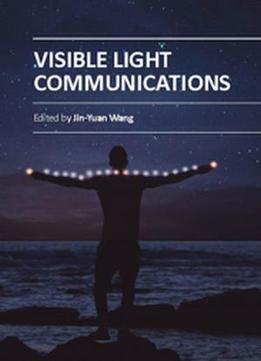
Visible Light Communications Ed. By Jin-yuan Wang
by Jin-Yuan Wang /
2017 / English / PDF
304.1 MB Download
This book intends to introduce the latest research progress in visible light communication (VLC, which covers the novel modulation techniques for VLC, the multiple input multiple output (MIMO) techniques for VLC, the collaborative communication techniques for VLC, and the practical applications of VLC. The book is a useful resource for researchers, engineers, scientists, and students interested in understanding and designing VLC systems.
Visible light communication (VLC) has drawn much attention recently. Compared to the traditional radio frequency wireless communications (RFWC), VLC has many advantages, such as worldwide availability, high security, large bandwidth, immunity to radio frequency interference, and unlicensed spectrum. Due to its superiority, VLC has become a complementary solution to the overcrowded RFWC.
1 Spatial Modulation – A Low Complexity Modulation Technique for Visible Light Communications
2 Real‐Time Software‐Defined Adaptive MIMO Visible Light Communications
3 Transceiver Design for MIMO DCO-OFDM in Visible Light Communication
4 Index Modulation-Aided OFDM for Visible Light Communications
5 The Novel PAPR Reduction Schemes for O‐OFDM‐Based Visible Light Communications
6 Collaborative VLC/IROW Systems
7 Vehicular Visible Light Communications











